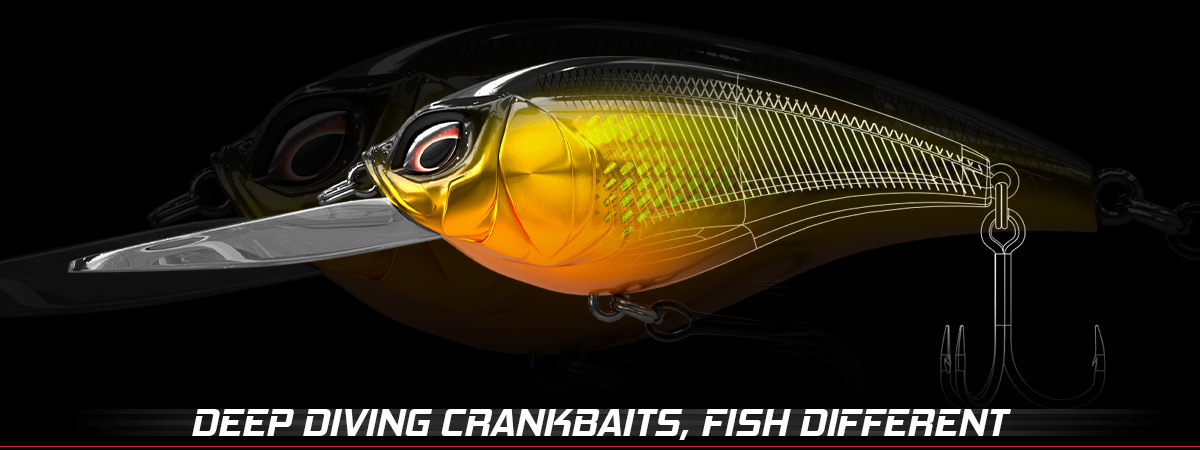
Deep diving crankbaits are a little intimidating for a beginner. But they are some of the easiest lures to fish deep. The hardest part is selecting the right lure to tie on for the condition. So besides owning a handful of good crankbait, it’s just a game of cast and retrieves. So join me to discuss how to make this journey enjoyable and get some deep crank fish in the boat.
The most important equipment for deep diving crankbaits is the rod. You need a real cranking rod that will be sensitive enough to detect when you hit bottom but that will dampen the vibration of the lure. The rod needs to be about 7’4” or more for long casts and have enough backbone to stand up to the resistance of the lures. I would recommend a good fluorocarbon line in 0.30mm. Get a reel with a 5 or 6:1 ratio.
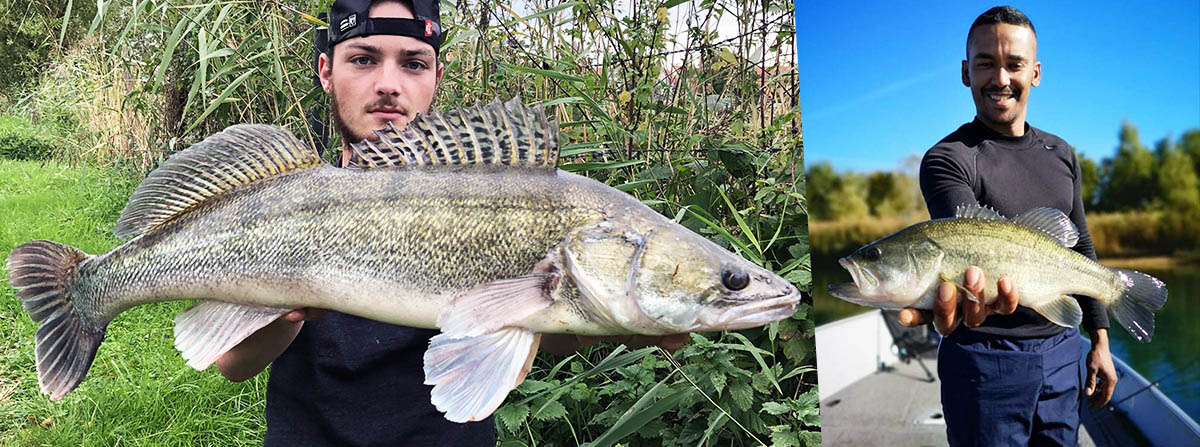
Buying good deep divers is not easy. The idea is to get a lure that will cast well enough, weight transfer systems are a good help in that respect. But even then, not all cranking baits are created equal. Some are slow runners with a wide wobble and others are tight wiggle action. The latter is better in cold or clear water. The former is good in stained and warm water.
Because fish often just take a swipe at the lure, it’s important to use the best treble hooks. If the stock hooks don’t seem trustworthy or old, don’t hesitate to replace them. I have found that short shank wide gap hooks were superior at keeping fish pinned. Being short shank I can use one size up which further improves the hookup ratio.
Once you have a small collection of trusted lures, it’s important to be familiar with how deep each lure runs. It’s then just a matter of matching the right lure for the intended depth. In doubt, I’d rather have a lure that runs deeper than needed. Once the lure contacts the bottom, I’ll stop my retrieve, let the bait float up a bit and resume cranking. Watch your line as fish will often hit as the bait is floating up.
Deep diving crankbaits fishermen in Europe have a big edge over anyone else because they are seldom used. Most fishermen think of them as only for bass anglers and rely more on soft bait, Texas rig, or jig head, for deep water fishing. But crankbaits can be superior because they are louder, move more water, and fish faster than soft baits. Somehow they are very good at catching really big pike and zander.
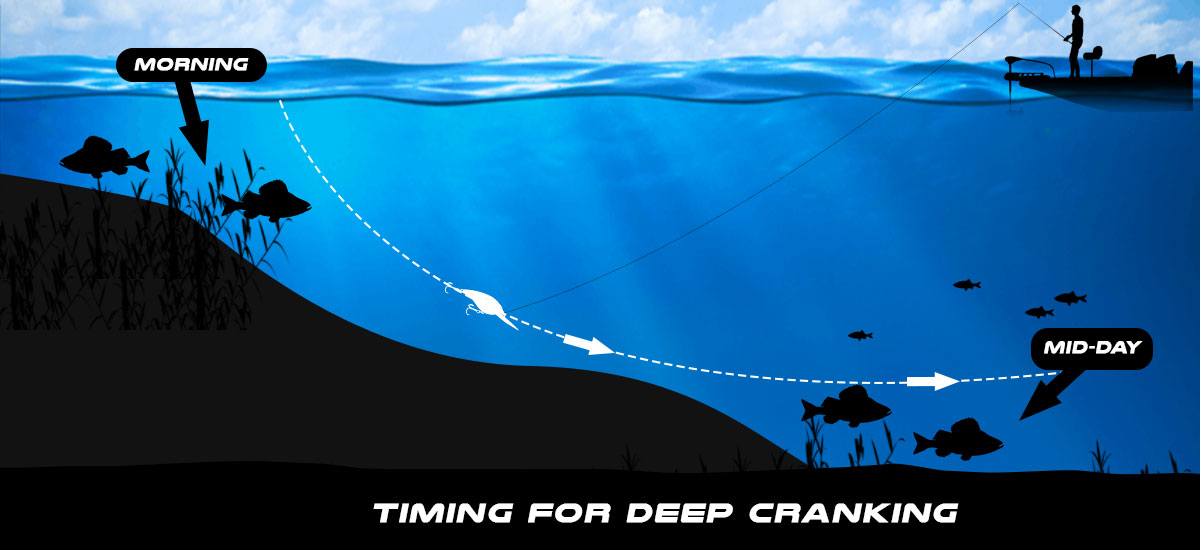
I select deep-diving crankbait for fishing that 3 to 6 meters range. If there’s any sunken wood, scattered grass, or rock piles so much better. A typical day starts fishing shallow early morning, topwater or square bill crankbaits. Then as the day progresses and the sun rises high, fish tend to move deeper and go feeding on shad offshore. This is when a deep crankbait really shines.
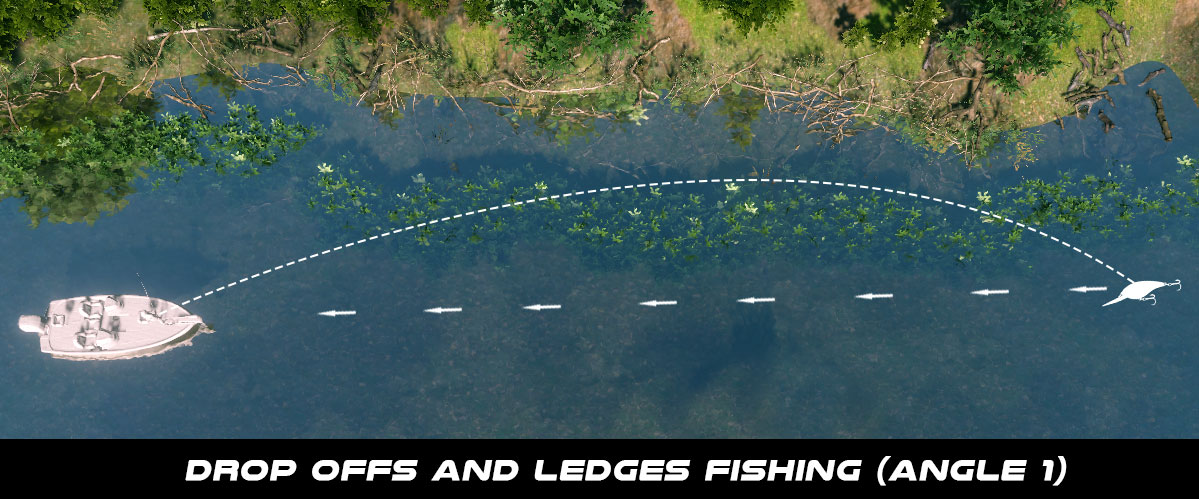
Typical spots but not limited to are shallow grass transitioning to deep water, throwing parallel, ledges, and drop-offs, throwing at a tight angle, points, and other offshore structures. Always cast well past your target to let the bait reach its max running depth. When possible, it’s a good idea to make multiple casts to the same target from different angles.
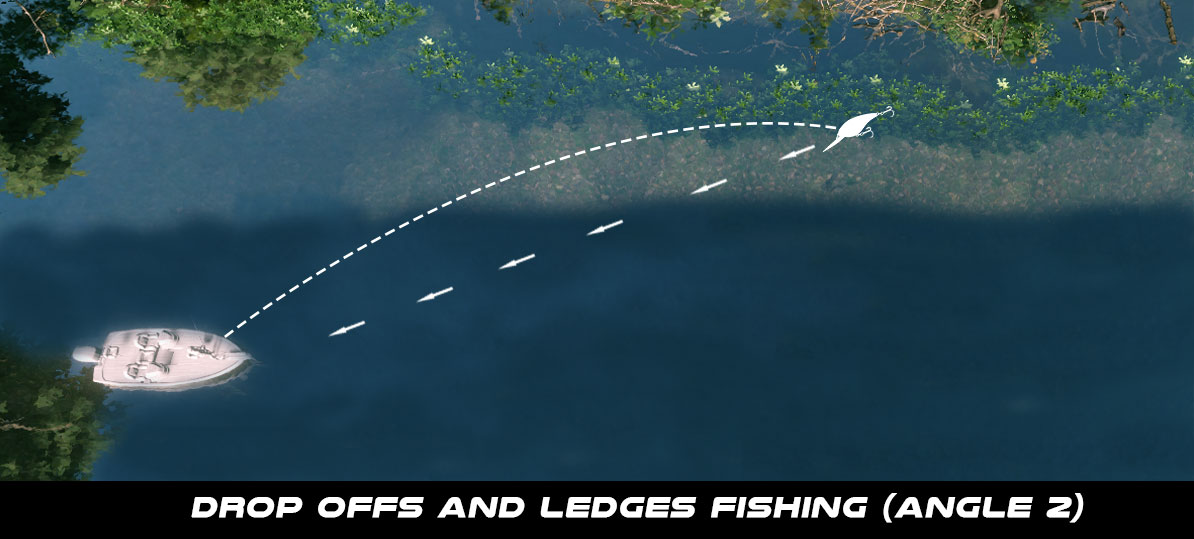
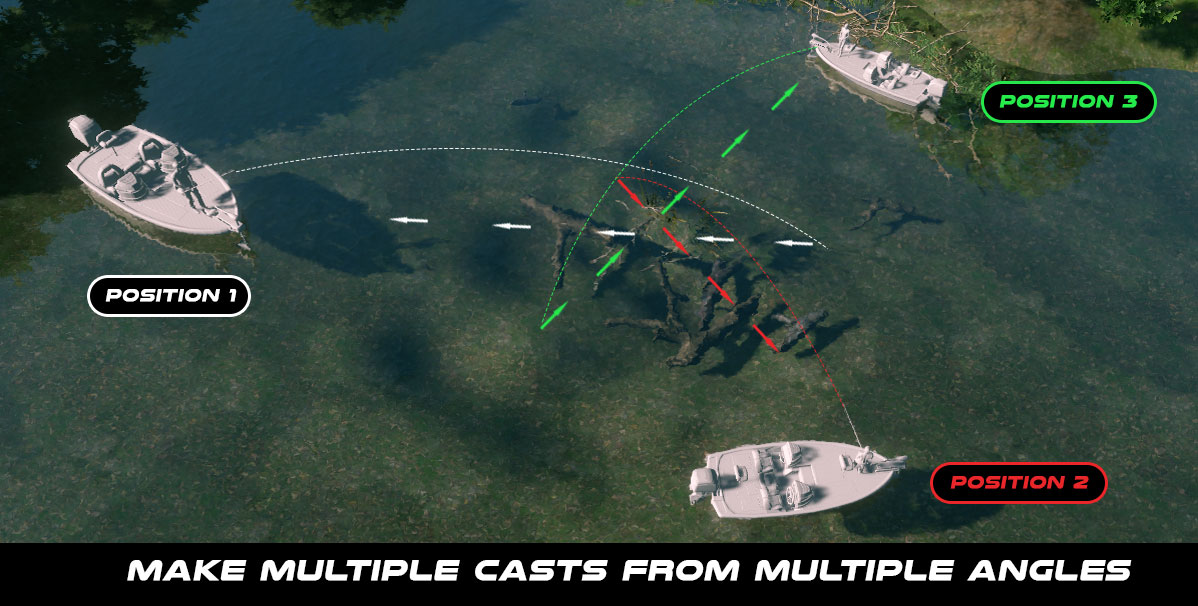
Finding the right color can be a bit tricky, simply because it’s hard to picture how the lure will look in deeper water. I tend to favor 3 basic colors: solid shad colors (sexy shad), yellow blue back (citrus shad), and dark crawfish color. I will pick the latter if I intend to really bump and bounce the bottom. Baitfish colors will be better for occasional contact with cover and bottom.
Each crankbait has been designed for a certain speed of retrieve. Before you make your first cast, let the bait run boat side on a short line. Experiment with various speeds, and the correct pace will be obvious. Memorize the thumping rhythm and duplicate it on your retrieve when fishing.
There are 2 ways to fish a deep crankbait, you can either make a long sweep with the rod and then catch up the slack with your reel. Or you can just crank and pause every now and then. The first method is good because it forces you to pause on a regular basis. But if you get bit just as you’re about to catch up the line, you’ve got no place to go to set the hook.

Set yourself away from the soft plastic throwing crowd and try a deep-diving crankbait. It catches fish yearlong on just about any body of water. It’s just cast, crank and pause and catch fish, including big fish. I believe that’s because it plays on the territorial instinct of fish more than the feeding response, and big fish fall for that more than small fish. Pride goes before a fall !